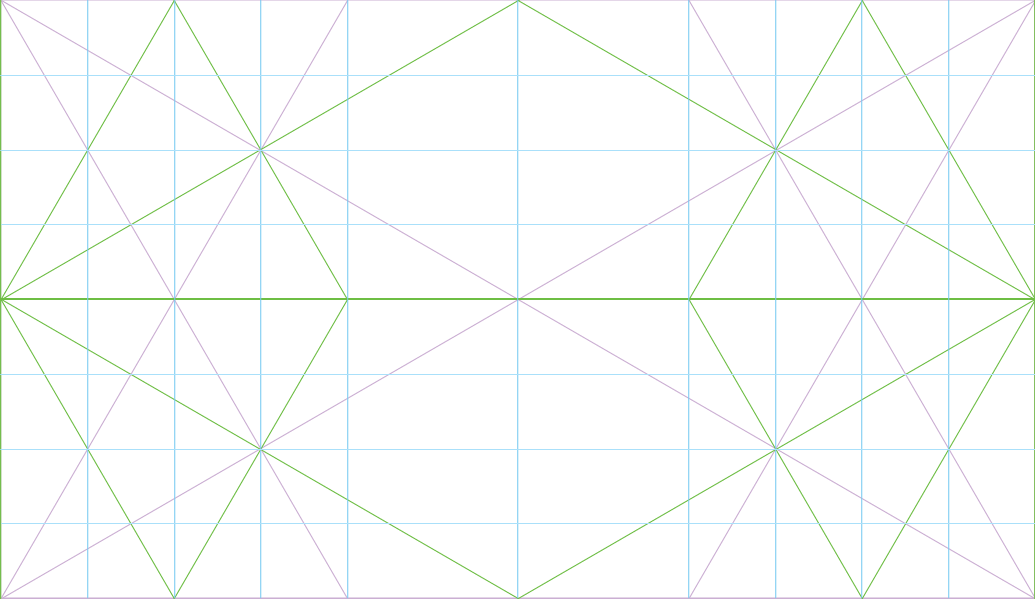Definitions
Why is there a need for definitions? It seems that so much time and energy spent on defining terms in academia, and it raises points of disagreement between academics. Is it really necessary to get to the finer details of what HCI is?
In answer to my question, yes, definitions are important for the following reasons:
- Definitions provide clarity of activity and purpose;
- Definitions communicate value and credibility;
- Definitions encourage engagement, community, and development;
- Definitions clarify methods, quality, deliverables, publishing, and practice;
- Definitions identify academic degrees;
- Definitions help secure funding;
- Definitions help job creation.
Honestly, I was not expecting to find so many reasons as to the importance of definitions is general!
What is HCI - Human Computer Interaction?
Al Parker defines HCI as "...the study of the relationship between people and technology." This definition is not particularly unexpected!
Dr. Mehmet Aydın Baytaş (2021) remarks that the defining feature of human existence and culture today is the we live and interact with computers and technology most of our waking lives. This could even extend to our sleep if we include apps that monitor our sleep patterns! HCI is the scientific and academic discipline of studying this phenomenon of human and computer interaction.
HCI as a research discipline is subject to the concerns, rigour, and constraints of academic and scientific research. Generally the HCI researcher does not do any hands on work, that is, designing or developing products. They are more of an analyst, a critic, a philosopher, ane even a project manager.
A Multidisciplinary Field
HCI is a part of computer science with it's research documents appearing in computer science literature. Specifically, cross-over areas of interest and study are:
- mathematical foundations;
- algorithms and stat structures;
- AI;
- communication and security;
- computer graphics;
- concurrent, parallel and distributed systems;
- databases;
- programming languages and compilers;
- scientific computing;
- computer architecture;
- software engineering; and
- theory of computation.
The 1980's marks the beginnings of HCI with computer science and psychology coming together. For example, the book "The Psychology of Human-Computer Interaction" (1986) looks at information processing, task analysis cognition, and design. This merging of computer science and psychology is referred to as the First Wave of HCI.
The Second Wave of HCI saw the rest of the social sciences being applied to the phenomenon of human computer interaction, that is, Anthropology, Sociology, and Media Studies.
The Third Wave of HCI sees the rest of the Humanities disciplines being applied to human computer interaction, for example, Literature, Philosophy, Critical Theory, Arts, and Design. The relevant part is the HCI uses the methods and assumptions from the social sciences and humanities.
Dr. Mehmet Aydın Baytaş (2021) thus comes to his definition on HCI as:
"HCI is a field of academic research within computer science that uses methods and assumptions from social sciences and humanities." - Dr. Mehmet Aydın Baytaş
HCI & Human Factors
Human Factors and Ergonomics encompasses the entire environment, not just how we interact with computerised parts. Here is a definition of Human Factors from Wikipedia:
Human factors and ergonomics (commonly referred to as human factors) is the application of psychological and physiological principles to the engineering and design of products, processes, and systems. The goal of human factors is to reduce human error, increase productivity, and enhance safety and comfort with a specific focus on the interaction between the human and the thing of interest. - (Wikipedia, updated 2021)
With the rise of "the internet of things" (IoT) we are surrounded by smart objects, computers are integrated into simpler and smaller household objects, coffee machines, wristbands, and keychains. As such the gap between HCI and Human Factors is becoming smaller.
HCI & UXD
UXD is about structuring the interactions between humans and computers, the method of interaction. To be able to structure the interactions you first need to understand them. HCI is about understanding the interaction.
UXD and HCI are symbiotic. For example, empathising with our users, understanding their goals and motivations we can design experiences for them, and evaluating those designs can be used to deepen the knowledge of HCI.
The Goals of HCI
In short the goals of HCI is to understand the interaction of humans with technology by means of research, and ultimately through this understanding to indicate and influence the advancement of digital products and services.
When someone interacts with a computer their goal is not to interact with the computer, rather it is to accomplish some kind of task. The computer is the medium by which to accomplish the task, it is the mediator. This leads to efforts to try make the interaction as easy as possible, for the computer to be as "invisible" as possible. This is the job of interface design.
Our goal as researchers and designers is to help humans feel like they are interacting with the task while the computer disappears in the middle of that interaction. That is HCI. And that is UXD too!
Further Reading
Anderson, M. (2021) 'Human factors and Homer Simpson' [online blog], Human Factors 101, 4 May. Available at: https://humanfactors101.com/2016/10/18/human-factors-and-homer-simpson/
Olson, J. and Kellogg, W. (2016) Ways of knowing in HCI. Springer-Verlag New York Inc.
Cairns, P. (nd) 'Experimental Methods in Human-Computer Interaction' [online], Interaction Design Foundation. Available at: https://www.interaction-design.org/literature/book/the-encyclopedia-of-human-computer-interaction-2nd-ed/experimental-methods-in-human-computer-interaction
Nielsen, J. (1992) 'CHI'92 Trip Report' [online], Nielsen Norman Group, 1 June. Available at: https://www.nngroup.com/articles/trip-report-chi-92/
Conference on Human Factors in Computing Systems (updated 2021). Available at: https://en.wikipedia.org/wiki/Conference_on_Human_Factors_in_Computing_Systems
References
PARKER, Alcwyn. 2020. UXO740 UX Research S1 (22/23), Week 1: Introduction. Canvas @ Falmouth University [online]. Available at: https://learn.falmouth.ac.uk/courses/285/pages/week-1-introduction?module_item_id=24002 [accessed 20 Sept 2022].
Baytaş, Mehmet Aydın. 2021. The Profession of Human-Computer Interaction: What HCI Researchers Do and How To Become One [E9]. Available at: https://youtu.be/cAjH14kaaaM [accessed 20 Sept 2022].
CARD, Stuart K., Thomas P. MORAN and Allen NEWELL. 2008. The Psychology of Human-Computer Interaction. Repr. Mahwah, NJ: Erlbaum.


